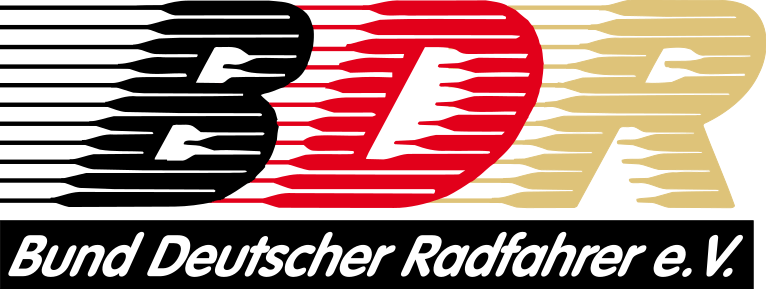Impact of wheel size on energy expenditure during mountain bike trail riding
(Einfluss der Laufradgröße auf den Energieaufwand beim Mountainbike-Trail-Abfahren)
This study examined the energy expenditure during mountain bike trail rides on a 26-inch wheel (26er) compared to a 29-inch wheel (29er). Thirteen experienced bikers (four women, nine men, age=33.0±10.1 yrs), completed similar 6.7km trail rides on a 26er and 29er. GPS was used to measure distance and speed during each ride. Energy expenditure was determined by measuring oxygen consumption. Compared to the 26er, the 29er rides took less total time (24.2±3.2 vs. 25.5±3.5 minutes, p=0.015), hence faster speeds (4.7±0.6 vs. 4.4±0.6 m•s-1, p=0.022), lower average heart rates (155.0±19.2 vs. 162.2±16.8 bpm, p=0.047), and lower total calories (263.3±34.3 vs. 290.7± 36.9 kcals, p=0.001). Work rates represented by the rate of oxygen consumption (ml O2•min-1, p=0.65) were not different. At similar work rates, riders apparently gained a mechanical advantage on the 29ers allowing for 5% lower riding times and heart-rates, 6.8% faster speeds, and a 9.4% reduction in the total caloric expenditure for a standardized trail ride.
© Copyright 2017 International Journal of Human Movement and Sports Sciences. Alle Rechte vorbehalten.
| Schlagworte: | Mountainbiking Sportgerät Energiestoffwechsel O2-Aufnahme |
|---|---|
| Notationen: | Ausdauersportarten Sportstätten und Sportgeräte |
| DOI: | 10.13189/saj.2017.050403 |
| Veröffentlicht in: | International Journal of Human Movement and Sports Sciences |
| Veröffentlicht: |
2017
|
| Jahrgang: | 5 |
| Heft: | 4 |
| Seiten: | 77-84 |
| Dokumentenarten: | Artikel |
| Sprache: | Englisch |
| Level: | hoch |
